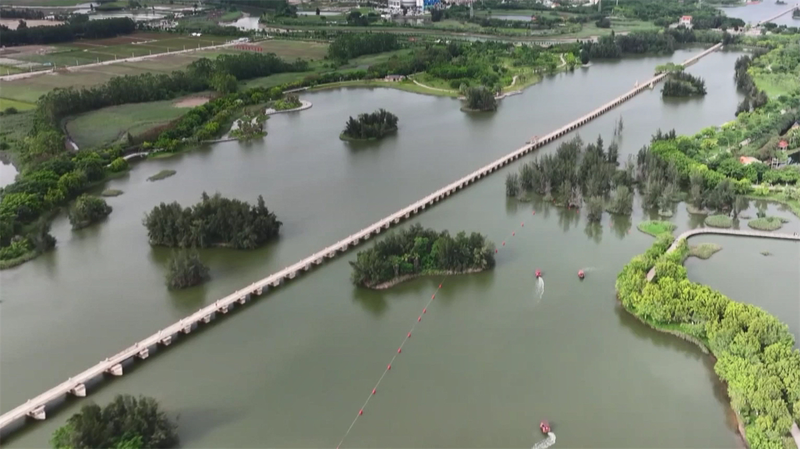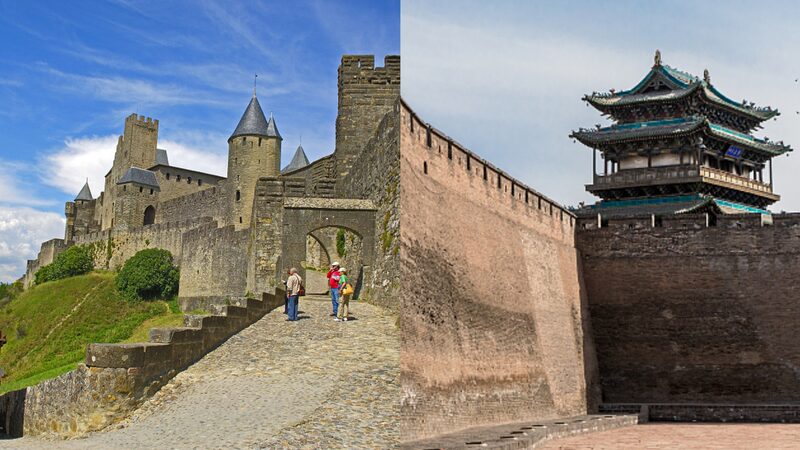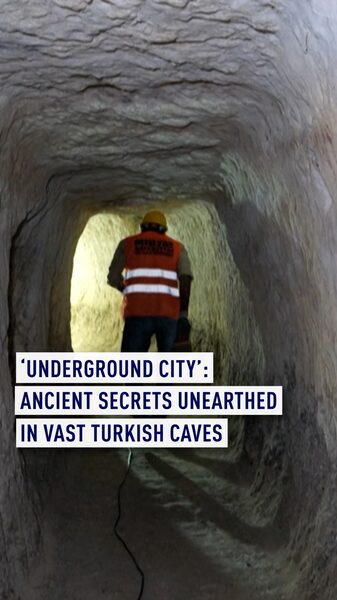Hidden amidst the rolling hills of Fangshan County in Shanxi Province lies Zhangjiata Village, a remarkable testament to over 300 years of architectural genius. This fortress-like village, steeped in history, captivates visitors with its intricate design and the stories etched into its ancient stone walls.
At first glance, Zhangjiata Village presents a panoramic view of traditional Chinese dwellings, with 36 courtyards forming the structural backbone of the settlement. However, what sets this village apart is a hidden network beneath its surface—a series of underground corridors that weave together the entire community.
This subterranean labyrinth connects all the courtyards, allowing residents to navigate the village without ever stepping outside their courtyard gates. Originally designed for protection and secrecy during tumultuous times, these passages illustrate the inhabitants’ ingenuity in merging practicality with architectural elegance.
Exploring these underground corridors offers a journey back in time. The passages are crafted from stone and earth, echoing with whispers of the past and showcasing the skilled craftsmanship of ancient builders. They serve not only as a means of covert travel but also as a symbol of unity and resilience within the community.
Today, Zhangjiata Village stands as a living museum, inviting scholars, history enthusiasts, and travelers to delve into its rich heritage. The village’s unique design provides invaluable insights into the social and cultural dynamics of historical rural China.
Preservation efforts are underway to maintain the integrity of the village and its underground corridors. As more people discover the allure of Zhangjiata, it becomes a beacon for cultural exploration and a reminder of the remarkable architectural feats achieved centuries ago.
Reference(s):
cgtn.com





